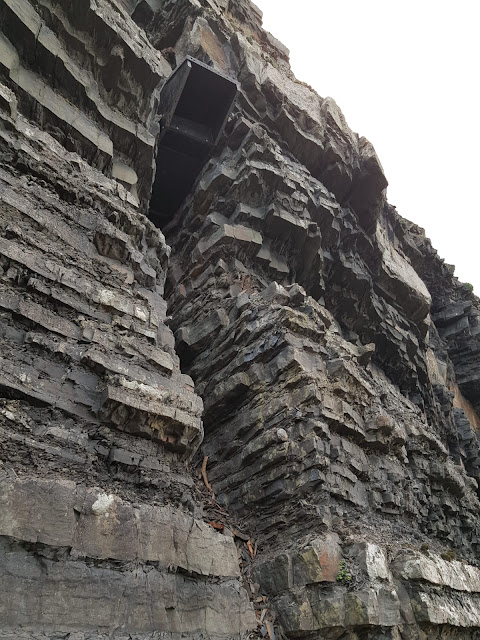Working so closely with the Welsh Kite Trust it is inevitable that MWRG focuses heavily on the study of birds of prey - particularly falcons as they seem to be fairing less favourably than their fork-tailed cousins. The group have installed and monitor well over 50 Kestrel nest boxes with some success and an indication that the safer nest sites are resulting in increased nest success and greater productivity. Every year we colour-ring a sample of local Peregrine, Kestrel and Hobby nests and have been working on Merlins too although the state of this species in Mid-Wales is so dire now that we rarely get chance to colour-ring any. The last nest we ringed, in 2022, was sadly predated by a fox a week after we ringed them and we were unjustly held accountable by some. The colour-ringing has greatly increased the information gathered on the survival and dispersal of the young but reporting rates are still low. Recently we received a trio of photographs that helped in the data gathering.
NB. For Ceredigion birders missing out on a lifer and seeking revenge please note that the bird's DNA profile is held in the Nation Wildlife Crime Database as it was sampled, along with all the other Peregrine chicks we ring to aid any subsequent investigations into illegally acquired or killed birds.
Secondly a Hobby ringed as a chick in a nest near Newtown was caught on a camera-trap at RSPB's lake Vyrnwy Reserve on 26th July 2023 (thanks to Sam Sharpe for reporting).
Finally, a young Kestrel, ringed in a nestbox just south of Aberystwyth in June this year was photographed by local bird and wildlife enthusiast Shane Jones on 28th August. It had only travelled a few miles down the coast but still great to record that it was alive and doing well. We have previously had colour-ringed Kestrels reported from North Scotland, France and Spain so they don't all stay at home. Many thanks to Shane for allowing us to use his excellent photo.





















